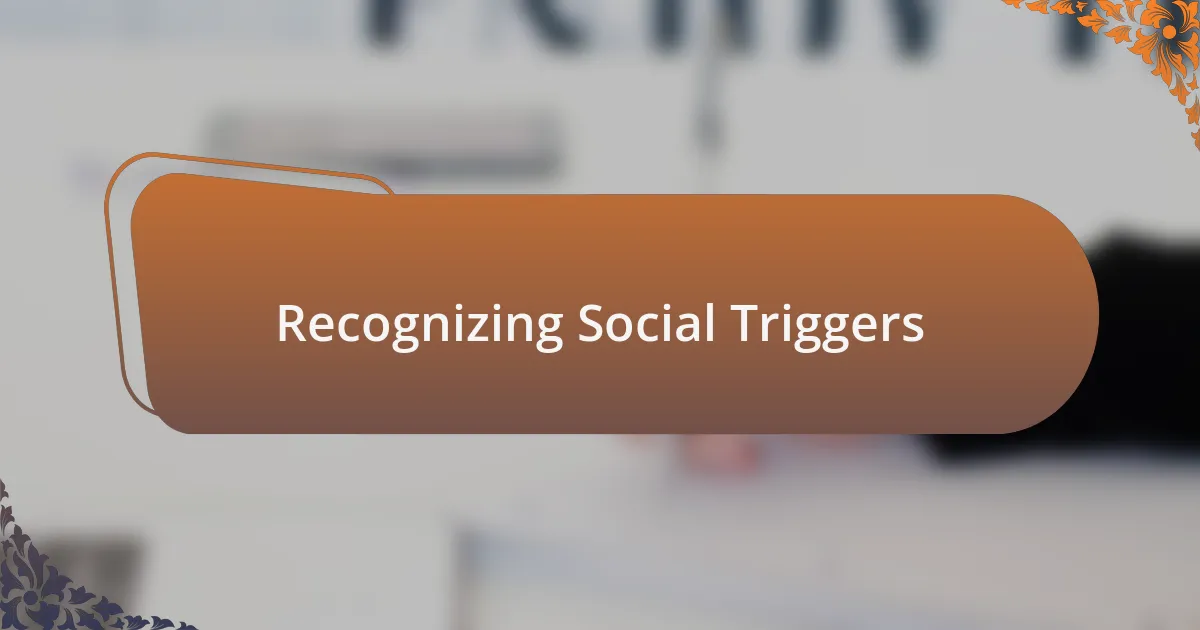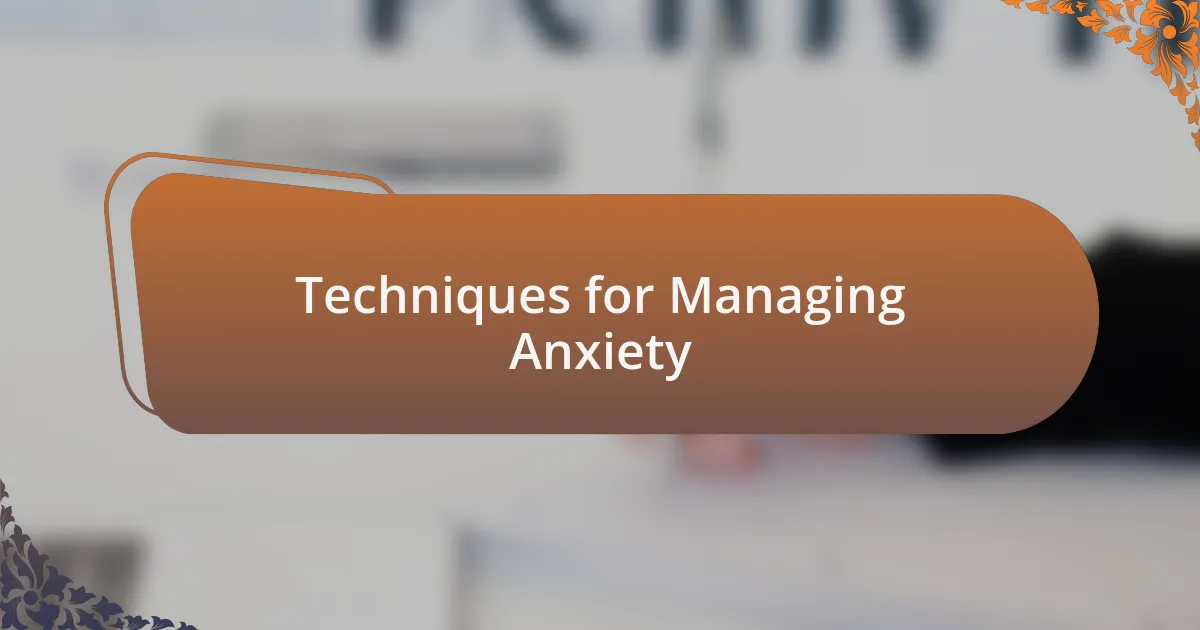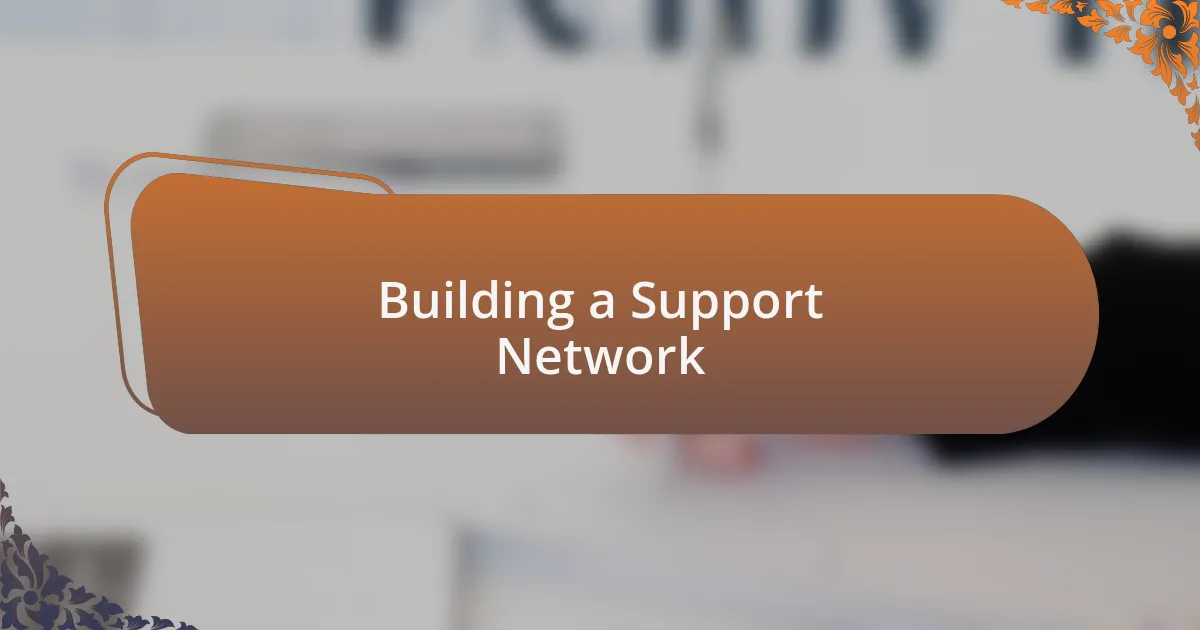Key takeaways:
- Selective mutism is a complex anxiety disorder that manifests in social situations, leading to feelings of isolation and frustration.
- Recognition of social triggers, such as crowded spaces or authority figures, is crucial for managing anxiety related to selective mutism.
- Effective communication can be improved through active listening, non-verbal cues, and preparing phrases in advance.
- Building a support network and connecting with others who understand the challenges of selective mutism fosters empowerment and reduces feelings of isolation.

Understanding Selective Mutism
Selective mutism is much more than simply being shy. It generally emerges in childhood, causing individuals to speak normally in safe settings but struggle in social situations, leading to feelings of isolation and frustration. Have you ever felt the weight of unspoken words? I know I have; it creates a barrier so thick you can almost feel it in the air.
It’s a complex anxiety disorder that can leave those affected feeling misunderstood. I vividly remember a time when I wanted to speak up during a group project but just couldn’t. Instead, I sat there, my heart racing, watching my peers engage freely while I felt trapped inside my own silence. What’s fascinating is that children with selective mutism often communicate effectively in familiar situations, highlighting the dissonance between their abilities and their environment.
Moreover, selective mutism can coexist with other anxiety-related issues, making it even more challenging. I’ve often wondered why it feels easier to express myself in writing than in conversation, and I suspect many others do too. It’s a reminder that understanding this condition requires empathy and patience, as each journey through selective mutism is uniquely personal.

Effects of Selective Mutism
Experiencing selective mutism can profoundly impact daily life. The anxiety often manifests in social settings, creating an overwhelming sense of fear that can inhibit speech. I recall attending a family gathering where I wanted to join a lively conversation but felt paralyzed by my own thoughts. Isn’t it strange how the people who actually want to connect can sometimes feel like complete outsiders?
Social interactions become a minefield of uncertainty for those with selective mutism. Imagine standing on the sidelines, watching friends carry on with ease while you’re stuck in your own head. I’ve been there, where the noise of chatter feels like it’s muffled, and the urge to speak gets drowned out by anxiety. It’s a frustrating dilemma that can lead to missed opportunities for connection and belonging.
The effects extend beyond social situations; they can infiltrate academic and professional environments too. I remember a class presentation where I was perfectly capable of presenting yet found myself unable to utter a single word when faced with a crowd. That experience taught me that the repercussions of selective mutism are not just about silence; they resonate deeply, affecting self-esteem and self-worth. Isn’t it disheartening to feel like your voice is silenced, even when you have so much to say?

Recognizing Social Triggers
Recognizing social triggers is crucial in navigating the complexities of selective mutism. For me, certain situations—like crowded spaces or unfamiliar settings—would heighten my anxiety, making it nearly impossible to speak. I remember vividly the moment I walked into a bustling café, where the laughter and chatter immediately tightened a knot in my stomach. Have you ever felt the weight of a room’s energy pressing down on you?
It’s interesting how specific cues can set off this silence. I often noticed that the presence of authority figures, like teachers or strangers, amplified my fear. At a school event, I would freeze when called upon, despite knowing the answer. It made me wonder: what is it about certain triggers that can turn speech into a daunting task?
Finding a way to identify these triggers has empowered me to work through my anxieties. For instance, I began journaling after social outings to chart what sparked my discomfort. This practice not only helped me recognize patterns but also gave me insights into how to ease my worries. Have you ever tried to map your feelings? It’s like creating a roadmap to understanding yourself better.

Techniques for Managing Anxiety
Managing anxiety in social situations can often feel overwhelming. A technique that worked for me was practicing deep breathing before entering a triggering environment. I remember standing outside a party, feeling my heart race, and taking a few deep breaths. Inhale, hold, exhale. It helped center me and created a sense of calm. Have you ever tried slowing down your breath to ease those anxious moments?
Another strategy I found effective was visualization. Before facing a social setting, I would close my eyes and imagine myself engaging comfortably in conversation. I pictured smiles and relaxed exchanges, which often translated into a more positive experience when I actually entered the room. It’s fascinating how our minds can shape our reality. Have you considered the power of positive imagery?
Sometimes, I also relied on small, achievable goals to navigate my anxiety. Instead of expecting to hold a lengthy conversation, I would focus on just saying “hello” or asking a simple question. Celebrating these small wins made a big difference in my confidence. Why not break it down into manageable steps? It’s all about building that foundation one brick at a time.

Strategies for Effective Communication
Effective communication in social situations can be enhanced by focusing on active listening. I recall a time when I found myself struggling to contribute to a group conversation. Instead of worrying about what I would say next, I shifted my focus to really hearing what others were sharing. This not only eased my anxiety but also helped me respond more naturally. Have you noticed how conversations flow better when we genuinely engage with what others are saying?
Another strategy that yields positive results for me is using non-verbal cues. During a gathering where words seemed elusive, I relied on nods, smiles, and eye contact to connect with others. These gestures can speak volumes, conveying interest and warmth even when verbal communication feels challenging. It’s interesting how a simple smile can invite others to approach you, isn’t it?
Lastly, practicing advancements in communication can shift the dynamics in social settings. There were moments when I would prepare simple phrases in advance, like compliments or questions to ask, which made interactions feel less intimidating. I remember going into a meeting with a notepad of phrases—I felt equipped and ready. Have you ever tried preparing just a few lines before an event? It can be a game changer.

Personal Success Stories
One of my proudest moments came during a friend’s birthday party. Although I typically felt locked into my silence, I decided to push my boundaries that night. I mustered the courage to share a funny story about a family vacation, and to my surprise, laughter erupted around me. That moment ignited a spark in me; it was a reminder that my voice has value and can create connection. Have you ever felt that rush of empowerment when you step outside your comfort zone?
I also remember a time when I volunteered at a community event. Initially, I was anxious about interacting with strangers, so I focused on my role instead. Engaging in tasks like setting up tables or handing out brochures created natural opportunities to talk to people. As I concentrated on what I was doing, I found that conversations flowed more freely. It taught me the power of diverting my energy towards tasks; has anyone else found that action can alleviate social pressure?
Finally, I faced a daunting challenge during a family reunion. I often felt like an observer, but that year I made it a point to connect with my younger cousins. I decided to lead a group game that involved everyone, and suddenly, I was not just a participant but the one facilitating fun. The shared laughter and excitement broke down barriers, making me feel more integrated and connected. Isn’t it fascinating how taking initiative can transform our role in any social gathering?

Building a Support Network
Building a support network is essential for anyone navigating the challenges of selective mutism. I vividly remember reaching out to a school counselor for guidance. Initially, I felt nervous, but she listened and offered strategies that helped me feel seen and understood. Have you ever found comfort in someone who truly gets what you’re going through?
Creating connections with those who understand my journey has been incredibly empowering. I started attending support groups, where I met others with similar experiences. I recall sharing my struggles with a stranger who nodded empathetically, instantly making me feel less isolated. Isn’t it remarkable how sharing our stories creates bonds and fosters understanding?
I also learned the value of consistency in my support network. Regularly meeting with a close friend who understands my challenges has been transformative. We often set aside time to practice social scenarios together, and I love that it feels like a safe space where I can express myself without fear. What if the simple act of practicing with someone could lessen our anxiety about social situations?